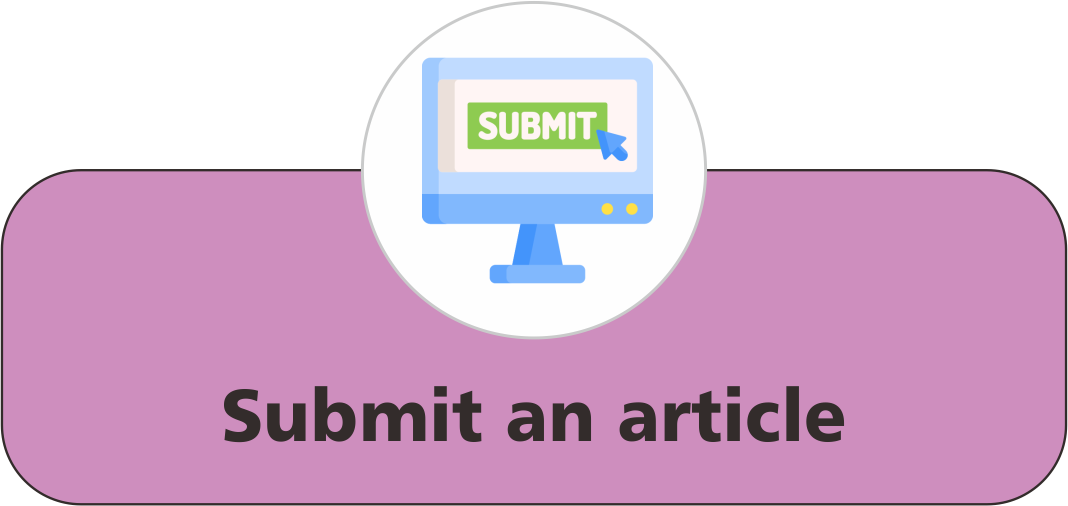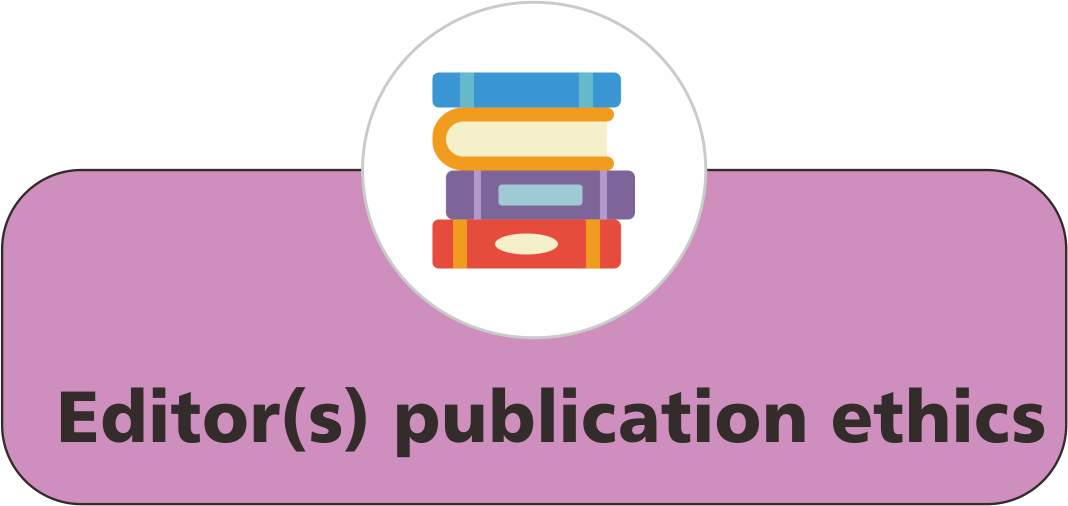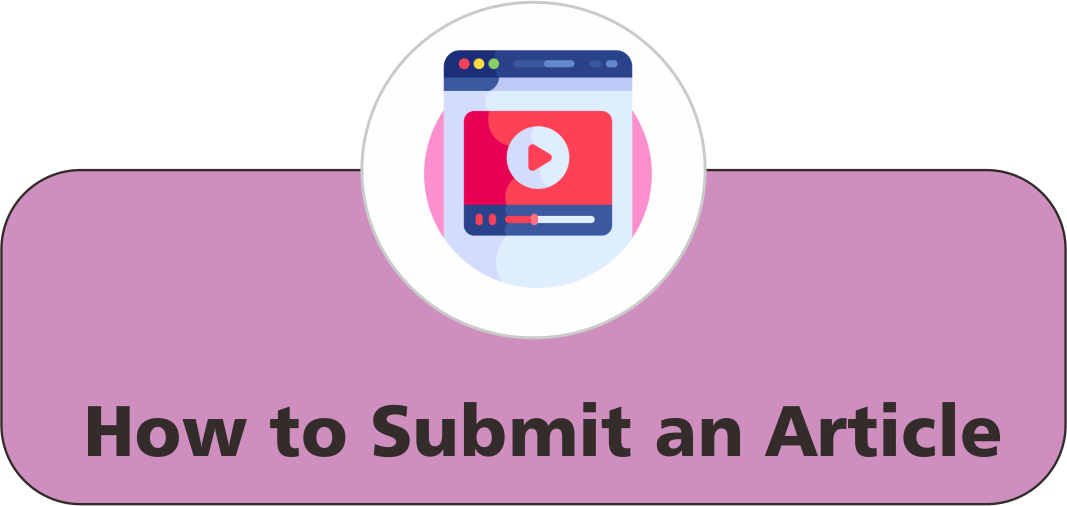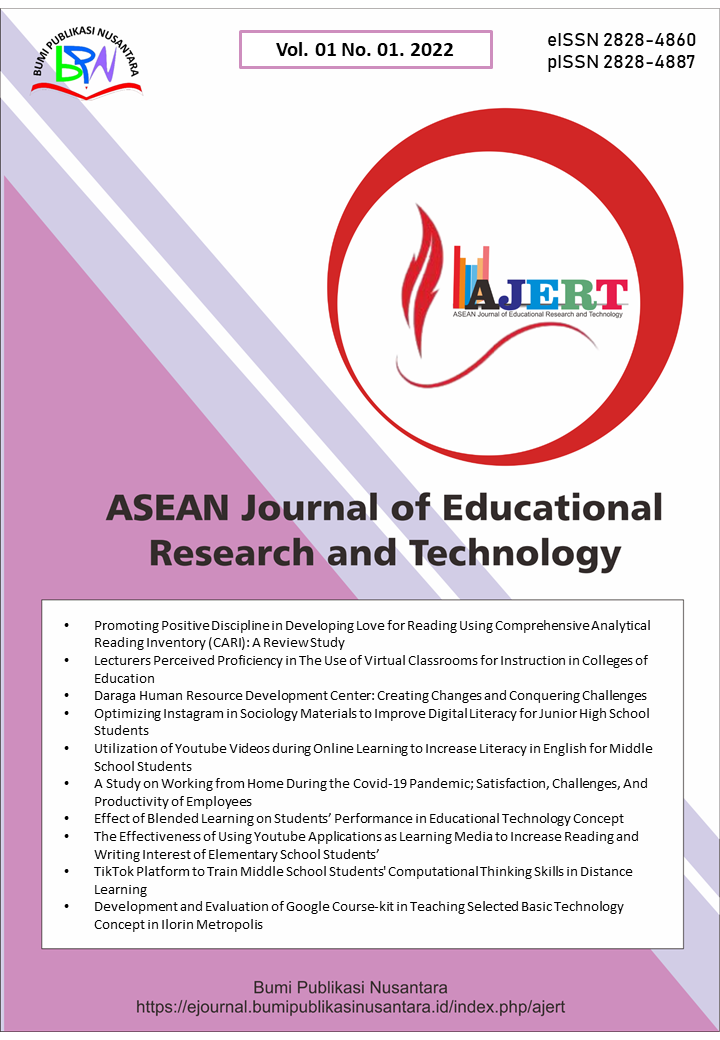Factor Affecting the Acceptance of Online Learning by Primary School Teachers During the Covid -19 Pandemic: A Structural Study Using the unified theory of acceptance and use of technology (UTAUT) Model
 ),
),
(1) University of Isfahan
 Corresponding Author
Corresponding Author
Abstract
Keywords
References
Abu-Al-Aish, A., and Love, S. (2013). Factors influencing students’ acceptance of m-learning: An investigation in higher education. International Review of Research in Open and Distributed Learning, 14(5), 82-107.
Al-Hunaiyyan, A., Alhajri, R. A., and Al-Sharhan, S. (2018). Perceptions and challenges of mobile learning in Kuwait. Journal of King Saud University-Computer and Information Sciences, 30(2), 279-289.
Arain, A., Hussain, Z., Rizvi, W., and Saleem Vighio, M. (2019). Extending UTAUT2 toward acceptance of mobile learning in the context of higher education. Universal Access in the Information Society, 18, 656-673.
Aswani, R., Ilavarasan, P. V., Kar, A. K., and Vijayan, S. (2018). Adoption of public WiFi using UTAUT2: An exploration in an emerging economy. Procedia Computer Science, 132, 297-306.
Biswas, B. and Kumar Roy, S. and Roy, F. (2020). Students perception of mobile learning during COVID-19 in Bangladesh: University student perspective. Aquademia, 4(2), 2542-4874.
Franky, A. P. and Chiappe, A. (2018). ICT and home-educating families: A qualitative multiple case study. Ensaio: Avaliação e Políticas Públicas em Educação, 26(101), 1324.
Halili, S. H., and Sulaiman, H. (2019). Factors influencing the rural students' acceptance of using ICT for educational purposes. Kasetsart Journal of Social Sciences, 40(3), 574-579.
Haneefa, M. M. (2023). The use of online flipped classrooms during covid-19 by gifted students: A path analysis using UTAUT model. International Journal of Instruction, 16(2).
Iqbal, S., and Qureshi, I. A. (2012). M-learning adoption: A perspective from a developing country. The International Review of Research in Open and Distance Learning, 3(3), 147-164.
Kang, M., Liew, B. Y. T., Lim, H., Jang, J., and Lee, S. (2015). Investigating the determinants of mobile learning acceptance in Korea using UTAUT2. Emerging issues in smart learning, 2015, 209-216.
Kaur, G. (2020). Digital Life: Boon or bane in teaching sector on COVID-19. CLIO an Annual Interdisciplinary Journal of History, 6(6), 416-427.
Koral Gumusoglu, E., and Akay, E. (2017). Measuring technology acceptance level of teachers by using unified theory of acceptance and use of technology, online submission. International Journal of Language Education and Teaching, 5(4), 378-394.
Kraljic, A., and Pestek, A. (2016). An application of UTAUT2 model in exploring the impact of quality of technology on mobile Internet. Economic Review: Journal of Economics and Business, 14(2), 66-76..
Mailizar Almanthari, A., Maulina, S., and Bruce, S. (2020). Secondary school mathematics teachers’ views on e-learning implementation barriers during the Covid-19 pandemic: The case of Indonesia. Eurasia Journal of Mathematics, Science and Technology Education, 16(7), em1860.
Masrek, M.N. and Samadi, I. (2017). Determinants of mobile learning adoption in higher education setting. Asian Journal of Scientific Research, 10(2), 60-69.
Nawaz, S. S., and Mohamed, R. (2020). Acceptance of mobile learning by higher educational institutions in Sri Lanka: an UTAUT2 approach. Journal of Critical Reviews, 7(12), 1036-1049.
Ouedraogo, B. (2017). Model of information and communication technology (ICT) Acceptance and use for teaching staff in sub-saharan Africa public higher education institutions. Higher Education Studies, 7(2), 101-118.
Park, Y. (2011). A pedagogical framework for mobile learning: Categorizing educational applications of mobile technologies into four types. International Review of Research in Open and Distributed Learning, 12(2), 78-102.
Persada, S. F., Miraja, B. A., and Nadlifatin, R. (2019). Understanding the generation Z behavior on d-learning: A unified theory of acceptance and use of technology (UTAUT) approach. International Journal of Emerging Technologies in Learning, 14(5), 20-33 .
Toquero, C. M. (2020). Challenges and opportunities for higher education amid the COVID-19 pandemic: The Philippine context. Pedagogical Research, 5(4), 1-5.
Venkatesh, V., Morris, M. G., Davis, G. B., and Davis, F. D. (2003). User acceptance of information technology: Toward a unified view. MIS Quarterly, 27(3), 425- 478.
Article Metrics
Abstract View : 984 times
: 984 times Download : 446 times
Download : 446 times
Refbacks
- There are currently no refbacks.
Copyright (c) 2023 Bumi Publikasi Nusantara

This work is licensed under a Creative Commons Attribution-ShareAlike 4.0 International License.









